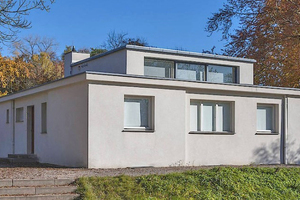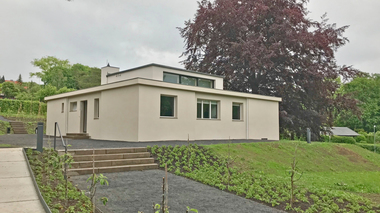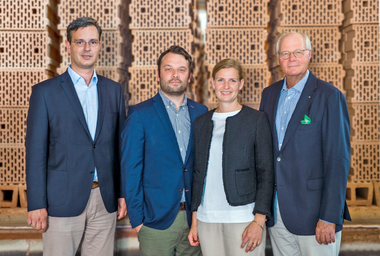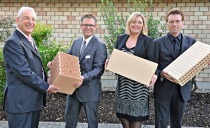The Haus am Horn in the context of the historical development of heat transfer of brick masonry
This year, the whole of Germany, if not the whole world, is celebrating the hundredth anniversary of the founding of Bauhaus. This is a good reason to examine the legacy of Bauhaus architecture more closely, and especially from the perspective of building physics. The Haus am Horn was erected as a trial house in modernity in Weimar and set standards in this respect. In times of economic need and housing shortage, the house, as an early example of new building in the Weimar Republic, combines the desire for contemporary, individual living and modular, affordable building with the latest modern standards. In the talk, the technical innovation of the wall structure of the Haus am Horn is examined in the context of the historical development of the thermal resistance of the masonry brick from the hand-struck “brick” to today’s high-precision vertically perforated brick with and without integrated thermal insulation. This look back at history is intended to encourage all brickmakers to continue to push ahead with innovative ideas and take new paths in research and development.
Dipl.-Ing. Alexander Freyburg, Materials Research and Testing Institute at Bauhaus University of Weimar







